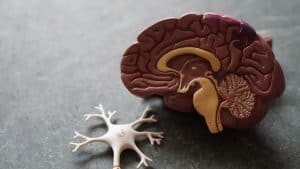COVID-19 sewage surveillance labs join the hunt for monkeypox
pharmafile | August 11, 2022 | News story | Business Services |
Wastewater surveillance techniques are being adapted for use in monitoring the spread of monkeypox across the San Francisco Bay Area and numerous other US communities.
These techniques emerged as a crucial tool in the early detection of COVID-19 outbreaks.
Prior to COVID-19, risk monitoring of wastewater in the US was limited to research purposes/academic pursuits.
At the beginning of the pandemic, a research collaboration which involves scientists at Stanford University, the University of Michigan, and Emory University pioneered efforts to recalibrate the surveillance techniques for detection of COVID-19, which marked the first time that wastewater has been used to track a respiratory disease.
The same research team, the Sewer Coronavirus Alert Network, or SCAN, is now a major leader in expanding wastewater monitoring to detect monkeypox. Monkeypox has now infected over 26,000 people globally, and more than 7,000 across the US.
According to NPR, the SCAN team envisions a future in which wastewater serves as a reservoir for tracking new public health concerns. “We’re looking at a whole range of things that we might be able to test for,” said Marlene Wolfe, an assistant professor of environmental health at Emory.
“We’re still really on the front end in terms of discovering the potential here,” said Heather Bischel, an assistant professor in civil and environmental engineering at the University of California Davis, which included wastewater monitoring as part of its Healthy Davis Together COVID-19 testing program for the campus and surrounding community. “But what we’ve seen already shows that this type of monitoring is adaptable to other public health threats.”
Lina Adams








